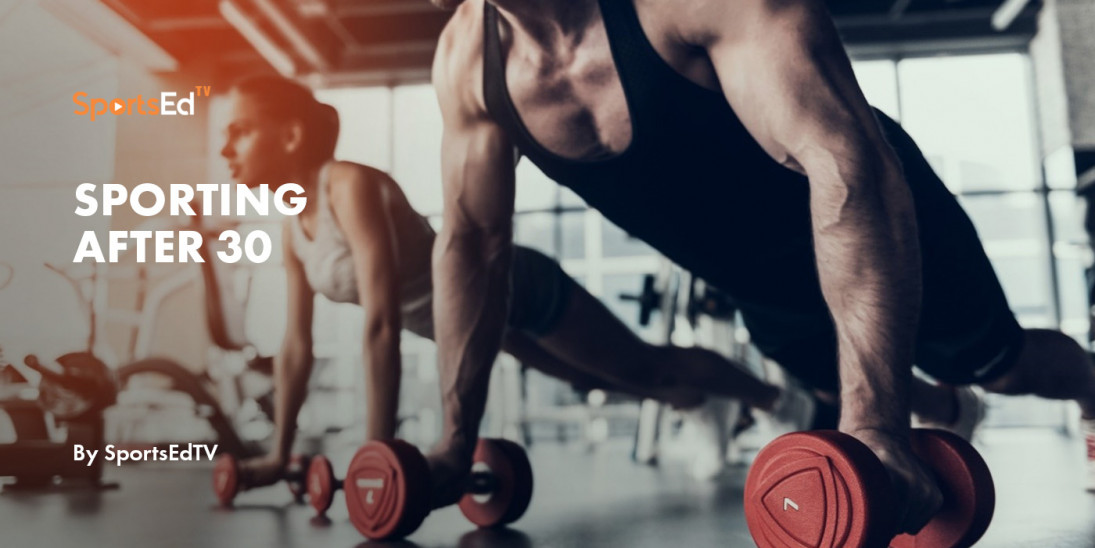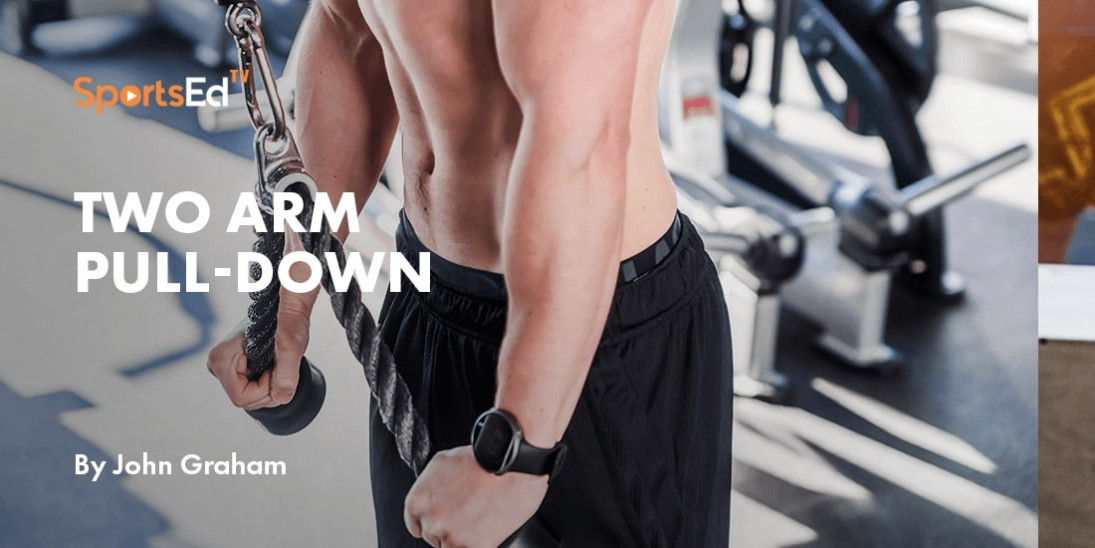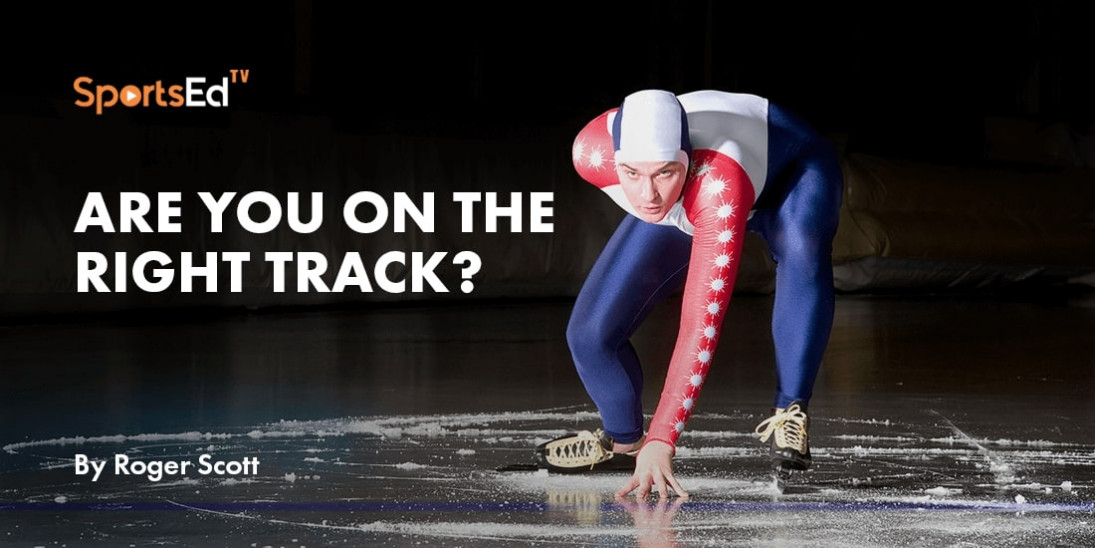Strength And Conditioning
Welcome and thanks for visiting...

Sporting After 30

By Katrina Wahlstrom
Steven Pressfield stated in his book The War of Art, “Most of us have two lives. The life we live, and the unlived life within us.”
Are you the sort of person with all good intentions that dissolved into inaction when you set out for the gym or playing fields, but somehow your plans evaporated? Could it be your middle-aged self was intimidated by the daunting thought of starting a new sport?
Well, new sport or not, the great thing about fitness is that you can start at any age and while you might not feel as quick and nimble as you once were, a fit you will enjoy a new game and reap the health benefits too.
The longer we live we tend to gain pounds and fat mass while losing height, bone and fat-free mass, mostly attributed to inactive lifestyle choices rather than aging. Reversing this process, at least partially can be attributed to regular exercise and play. It can also impede the decline of motor performance and muscle strength.
Here are some tips to get you started:
- Do your research on your sport of interest. Check out the physical, mental, equipment and time requirements for your activity. Delve into articles and videos that provide thorough information.
- Partner-up (two is always better than one). If you have a friend that would be interested in trying something new, invite them along.
- Shop around. Talk with the coach and members of the group sport or activity you are interested in. Not all gyms and groups are equal, so choose the right fit for you.
- Try a group for beginners. This will help you gain the basic skills needed to be successful in your sport of choice. Plus, many gyms offer a free trial membership.
All adults should strive for the recommended 30 minutes of moderate-intensity activity on 5 days or more a week or at least 20 minutes of vigorous activity on 3 days of week. Strength training activities should be practiced on at least 2 non-consecutive days per week and focus on training the major muscle groups.
Beginning a new sport can aid in meeting or exceeding these recommendations. However, it is also important to be realistic. If you have been inactive for a while, it will take time to learn and build on the skills necessary to be successful in your sport of choice. You don’t have to be an athlete to be successful, you just have to set realistic goals and commit to being active. As you learn you will see improvement, remember that the biggest competition is yourself. The last and most important part of starting a new exercise program or sport is that you should have fun. If you find the activity too difficult, time consuming, or lacks enjoyment, you will not stick with it.





